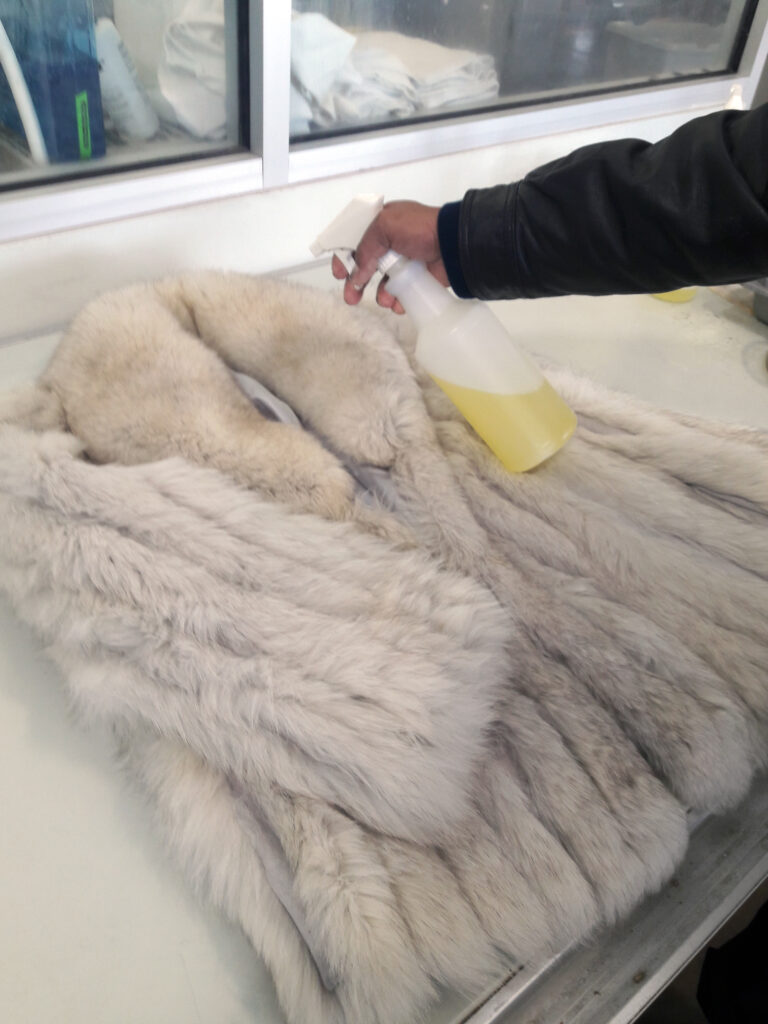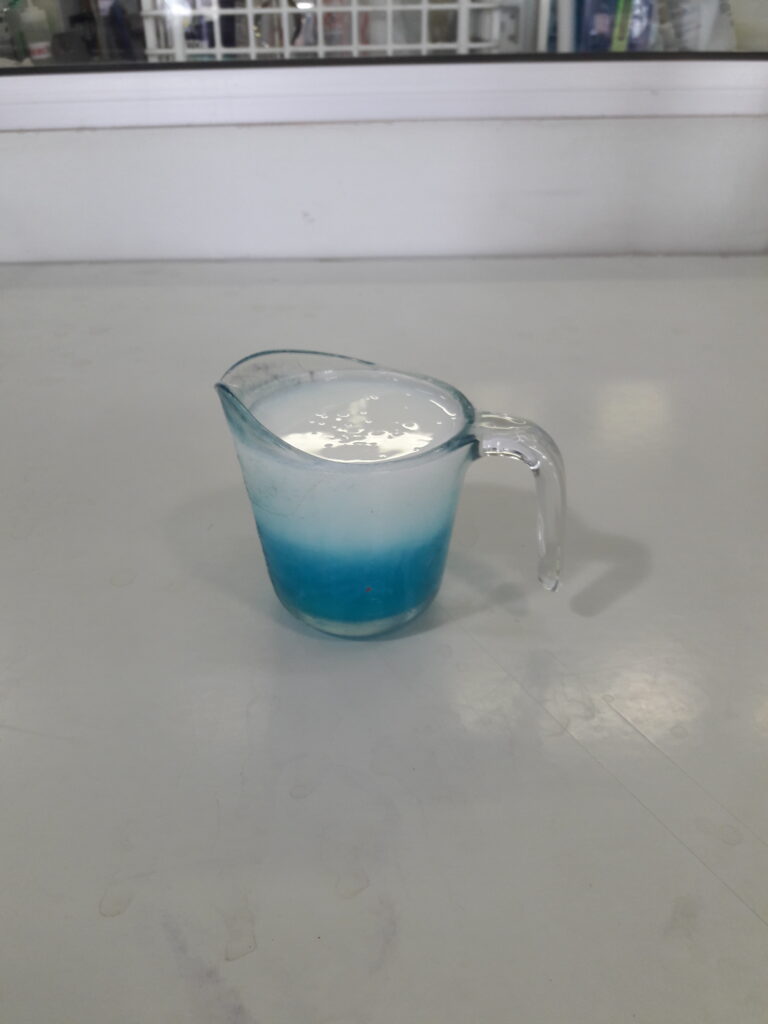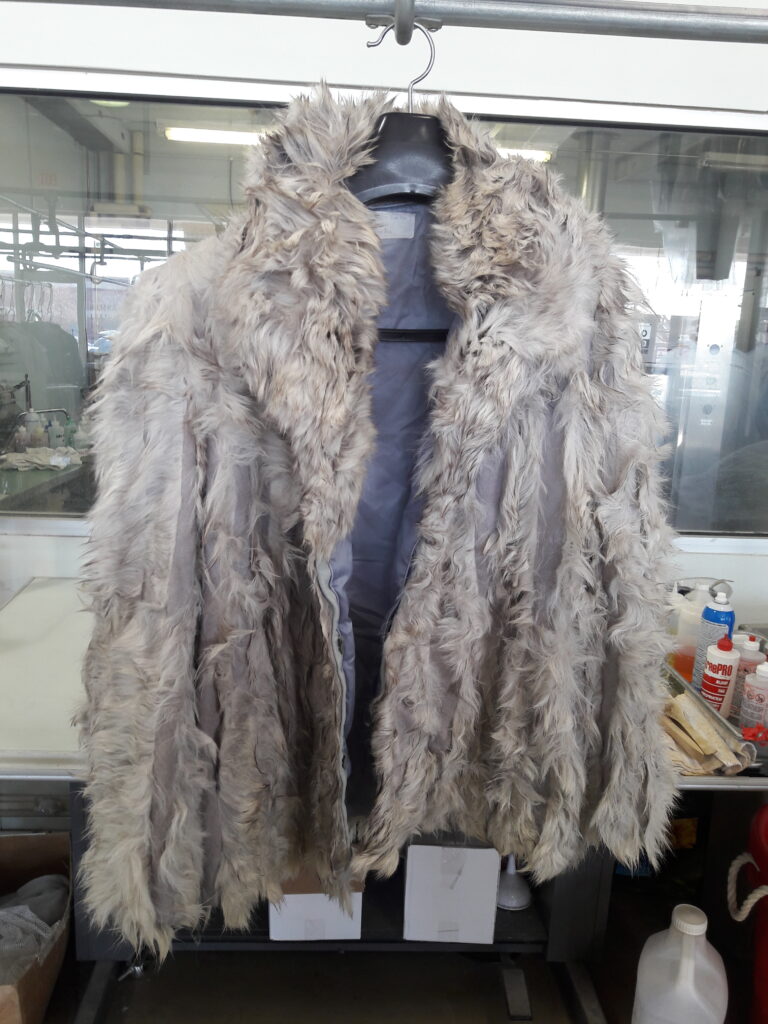Last month, I discussed how to wetclean leathers and suedes so I am following up this month with furs. I have touched on the subject a couple of times before but it is one of the most asked questions so I figured a repetition wouldn’t hurt.
Furs are a high-ticket item and I would hate to send it out. Even if you did, they usually come back with a strong solvent smell so you may not feel 100% confident to give it to the customer.
I am sure there are many people out there who think furs need to be drycleaned. But when you remember that all leather and fur goods go through tons of washing during the tanning process, there is really nothing surprising about wetcleaning them. As long as you follow some basic rules, wetcleaning will give you much better quality than drycleaning.
Those who take pride in being a professional wetcleaner should not have any problem with this. I know I have covered leathers and furs before but I would like to go over them once more. After furs, I will follow up with different types of leathers.
Products you need:
- Acidic detergent like Aqua Master Detergent
- High quality conditioner like Aqua Master Conditioner
- Stain remover like Aqua Master Stain Out
Furs
The fox fur jacket in the photo was made in Italy and the owner never tried cleaning it for fear of damaging it for the last 40 years. I could smell the oldness from the jacket. I charged $180 for it.
● Spotting
Stains usually come out easily from furs. Even if your dog played in the mud, one bath would make it shine ‘like new.’ That is how Nature made furs. But furs usually carry a lot of cosmetics stains and perfume smell. For those, I mix Stain Out with water 1 to 1 and do spray spotting.
● Washing
Fur wetcleaning starts and ends with conditioners. Live animals produce oil to keep the fur soft and shiny. For example, sheep produces lanolin to keep its fur in top condition. Conditioners add lost oil to the fur to keep it from becoming stiff.
I usually start by mixing the detergent and the conditioner. In this case, I mixed 2.5 oz of soap with 4 oz of conditioner. I use less soap because stains don’t stick very well to furs.
It is also very important to fill the drum to high level.
● 1st Rinse
After washing, add 6 oz of conditioner to the 1st rinse.
● 2nd Rinse
For the final rinse, I usually add a lot more conditioner. In this case, I added 12 oz.
● Extraction
Unlike leathers, furs can withstand a strong extraction. If your extraction is not strong, furs will retain a lot of water and the weight can cause problems when air drying. It would take a very long time, too.
● Drying
After removing most of water by air drying, you finish in the tumble dryer. I set the temperature at 104~122°F. You tumble dry until the jacket is completely dry. If you leave some moisture in the fur, it might get stiff when it dries.
Fur items are usually made by stitching pieces of furs. The seams can be delicate and become weak with age. It is better to check occasionally during the tumbling process. When in doubt, use safety pins on suspicious seams.
I don’t recommend net bags because it will keep the fur from bouncing back. Once you finish drying, the jacket should feel soft and look full. You don’t need to do additional finishing.

Yangsoo Kim
The author is the developer of Aqua Master wet cleaning chemicals and is currently operating Green Life Cleaners, a 100% wet cleaning service. You can contact him by phone (201) 699-7227 or email at yangkim50@gmail.com.






